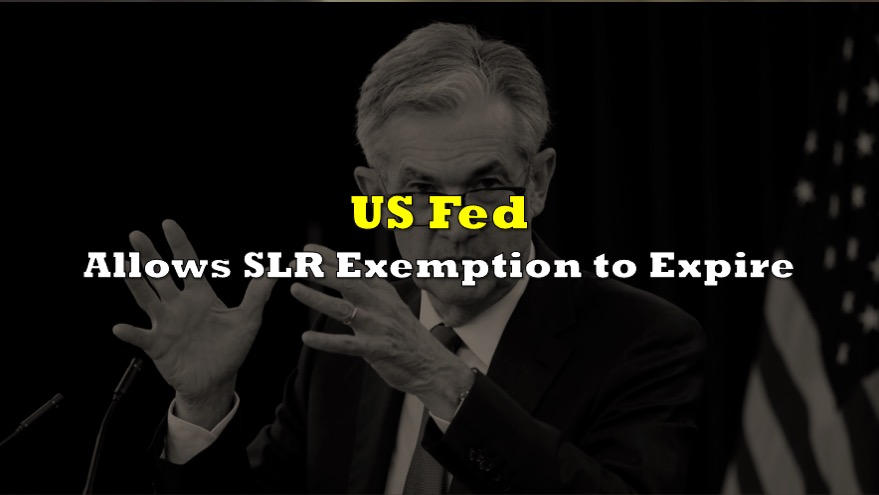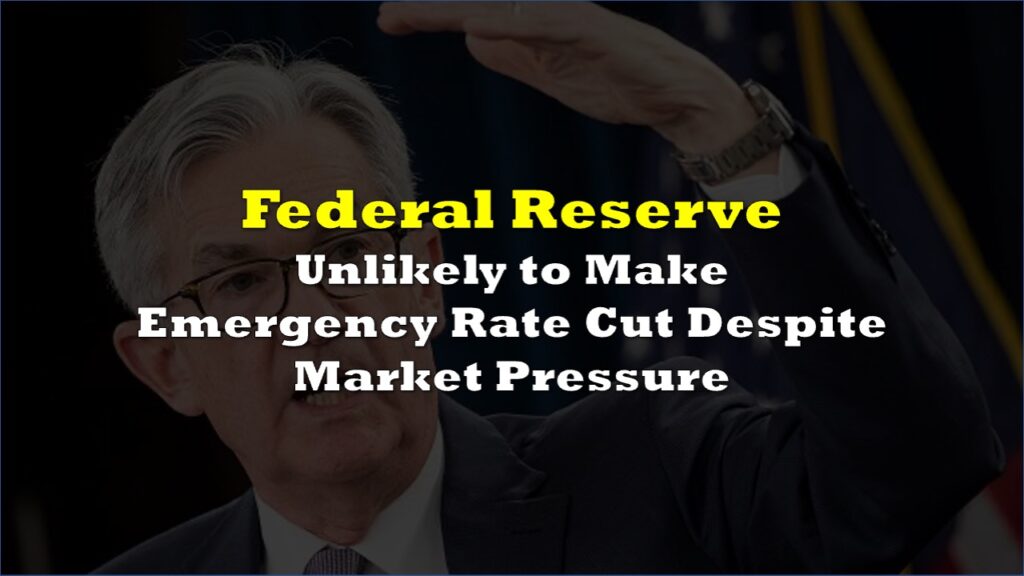The US Federal Reserve has decided not to extend a regulatory rule imposed during the onset of the pandemic that allowed banks to hold less capital against Treasurys and other holdings.
The Fed finally addressed the fate of the Supplementary Leverage Ratio (SLR) exemption on Friday, announcing that it will allow the change to expire as planned on March 31, 2021. The regulatory change was introduced at the height of the pandemic-induced economic crisis, allowing US banks to forego calculating their reserves and Treasury holdings— both of which are deposits at the Fed— when determining their SLR.
The relaxing of capital requirements allowed banks to continue lending during the recession, without having to take in reserves or government bonds. Without the rule exemption, banks would have been forced to reduce their asset purchases in order to avoid reaching their leverage cap by either raising new capital, stopping buybacks, declining new deposits, or even selling preferred stock.
Due to the implications of such a rule exemption, the topic has become a heated one amongst the financial community. Bank lobbyists have argued in favour of extending the exemption because it would prevent banks from cutting back on lending and abdicating their role as major bond purchasers and sellers. On the other hand, lawmakers and other market analysts have been calling for more strict oversight, because the SLR rule change allowed banks to reduce their cash holdings, thus leaving them more vulnerable to future economic shocks.
The Fed, anticipating that their decision would cause ripple effects across the market, also provided some relief for investors. Although it will allow the exemption to expire as planned, the Fed noted that it remains open to future SLR modifications. “The Board may need to address the current design and calibration of the SLR over time to prevent strains from developing that could both constrain economic growth and undermine financial stability,” the statement read.
In response to the news, stocks tumbled, while bond yields soared once again. The 10-year US Treasury yield nearly topped 1.75% Friday morning, while the 30-year rose to 2.46%.

Information for this briefing was found via the US Federal Reserve. The author has no securities or affiliations related to this organization. Not a recommendation to buy or sell. Always do additional research and consult a professional before purchasing a security. The author holds no licenses.









